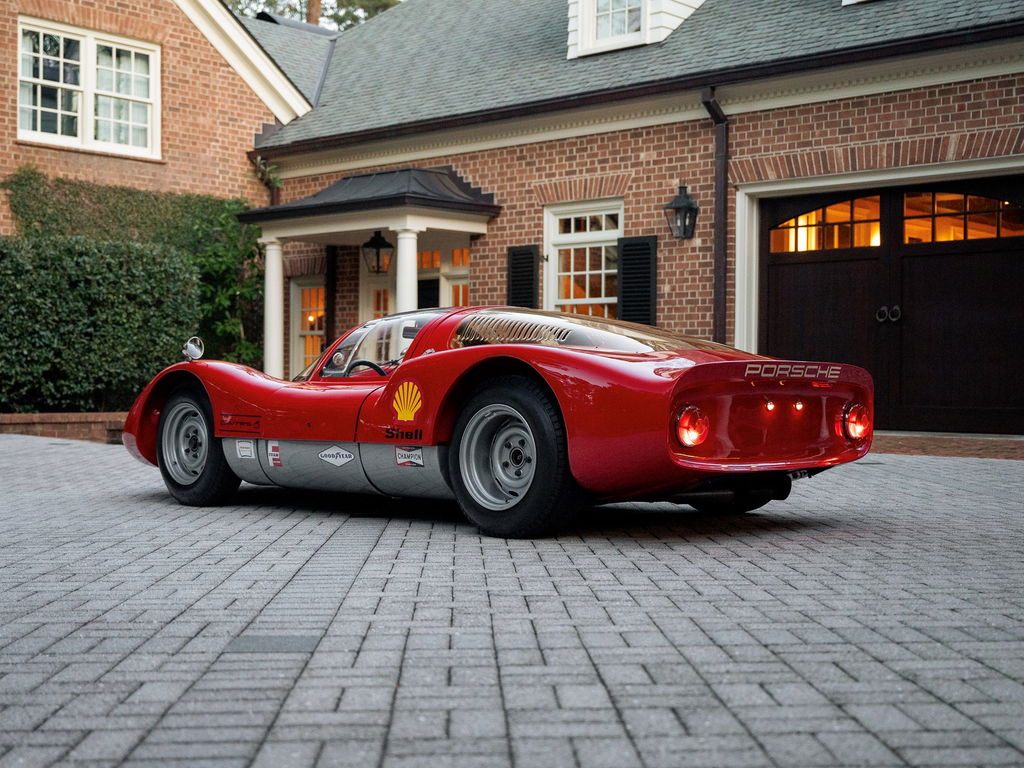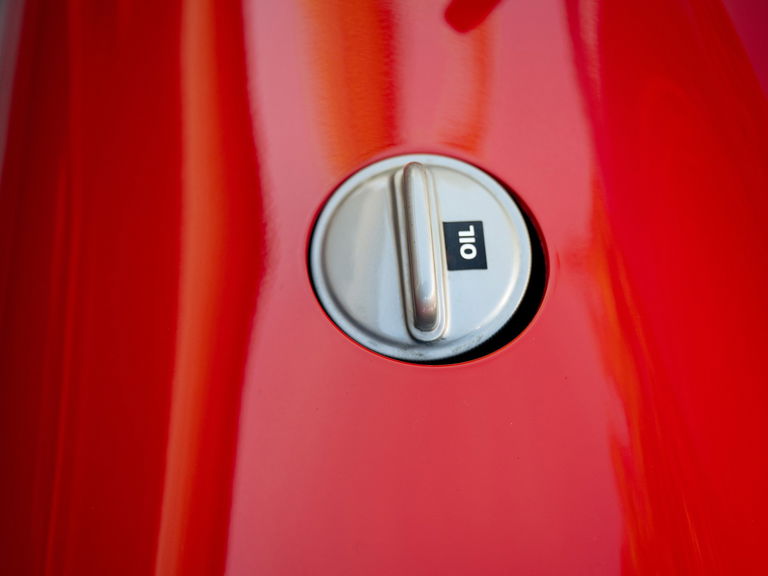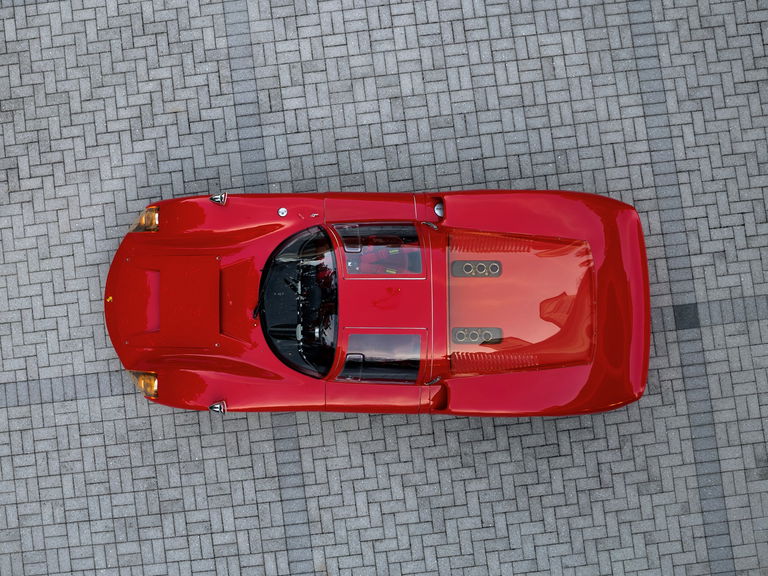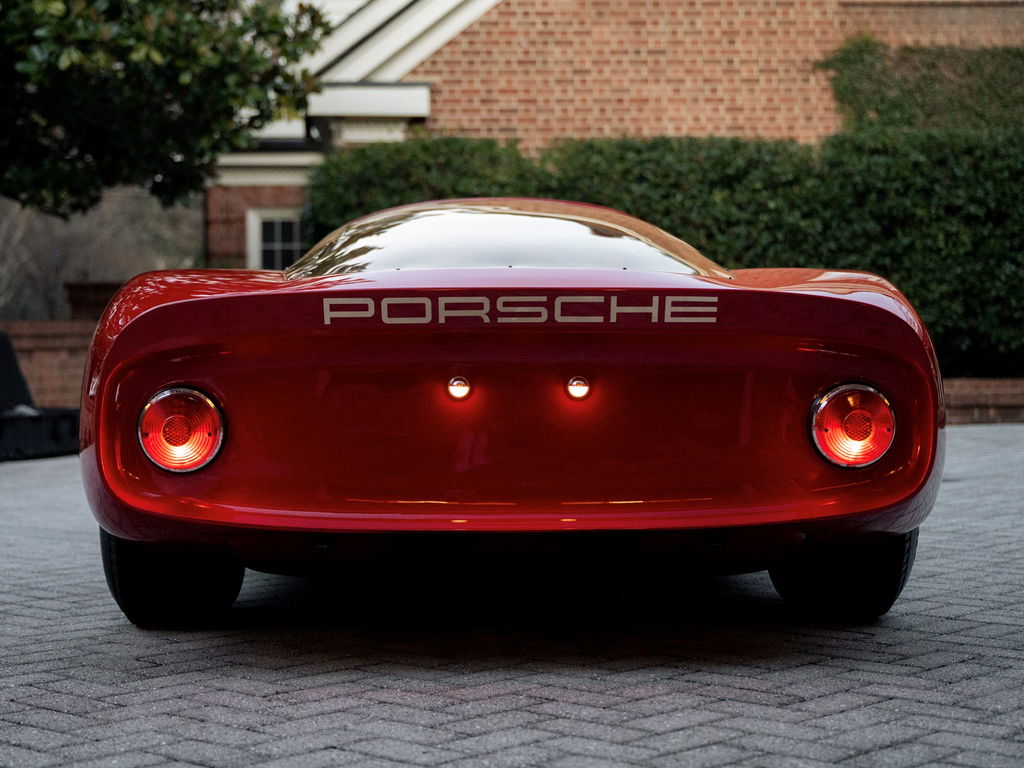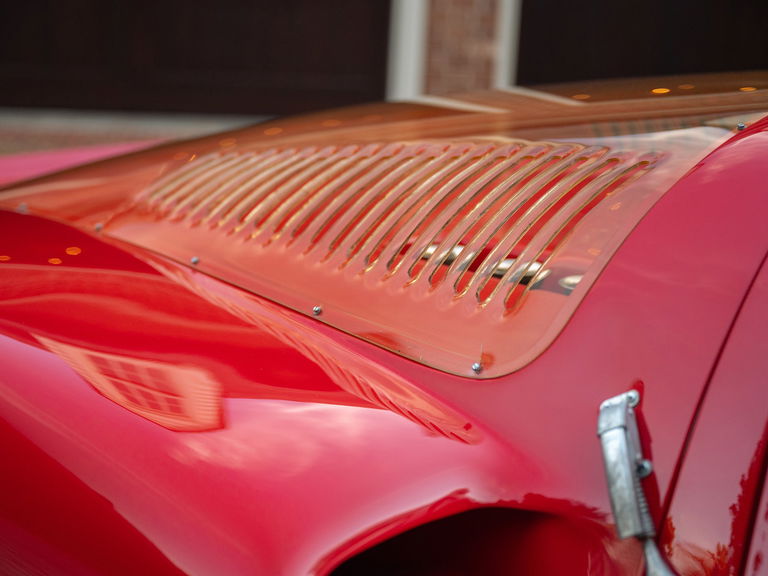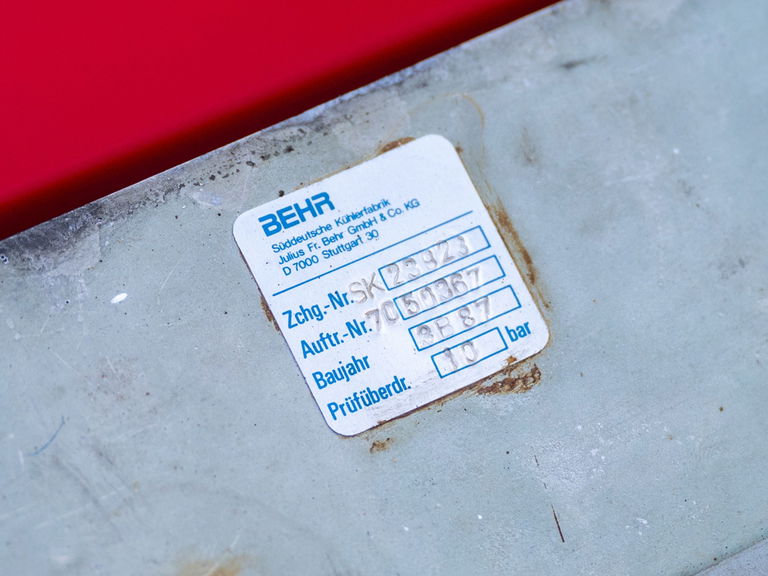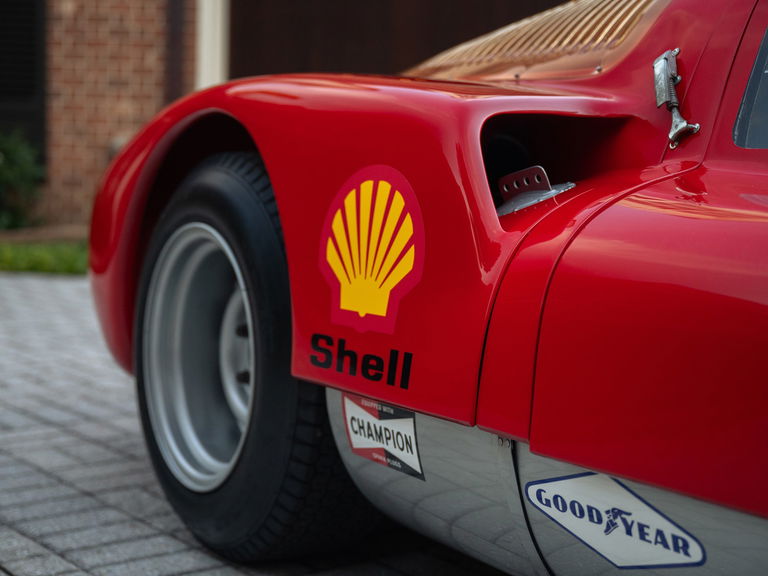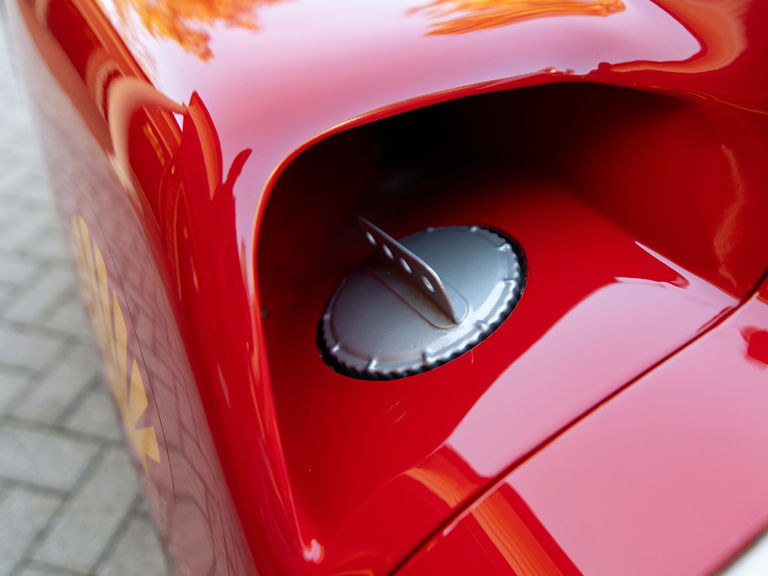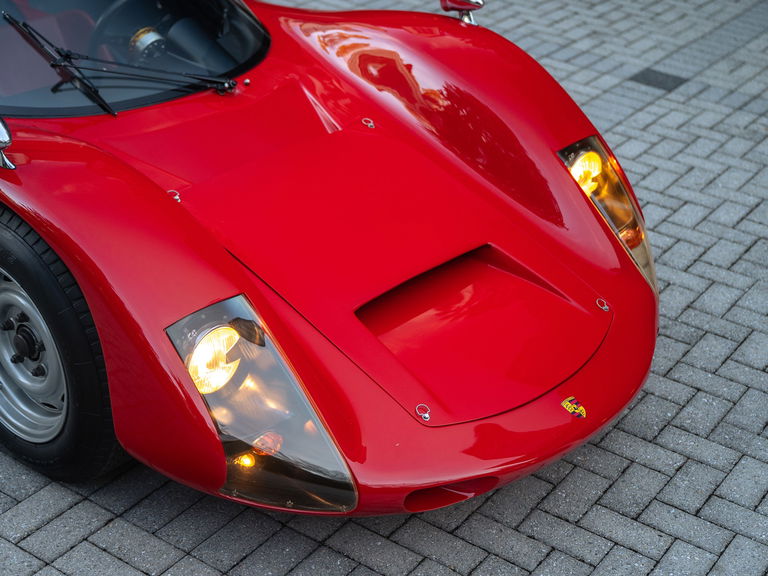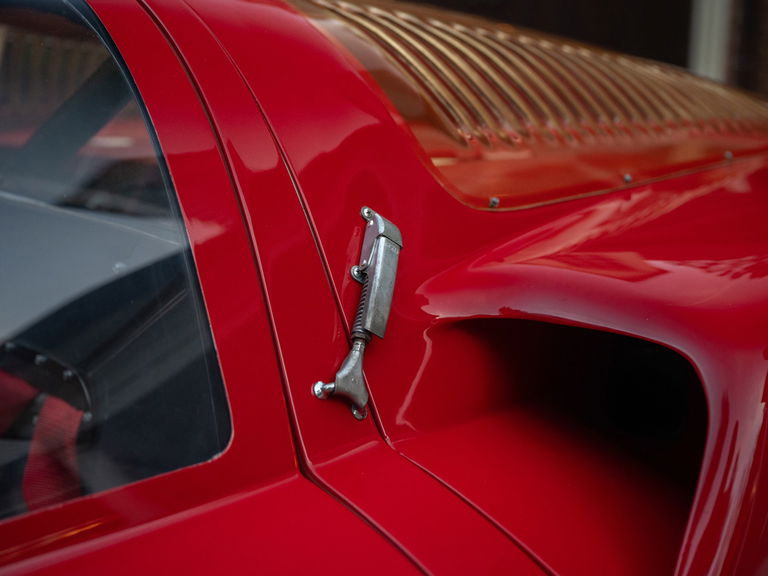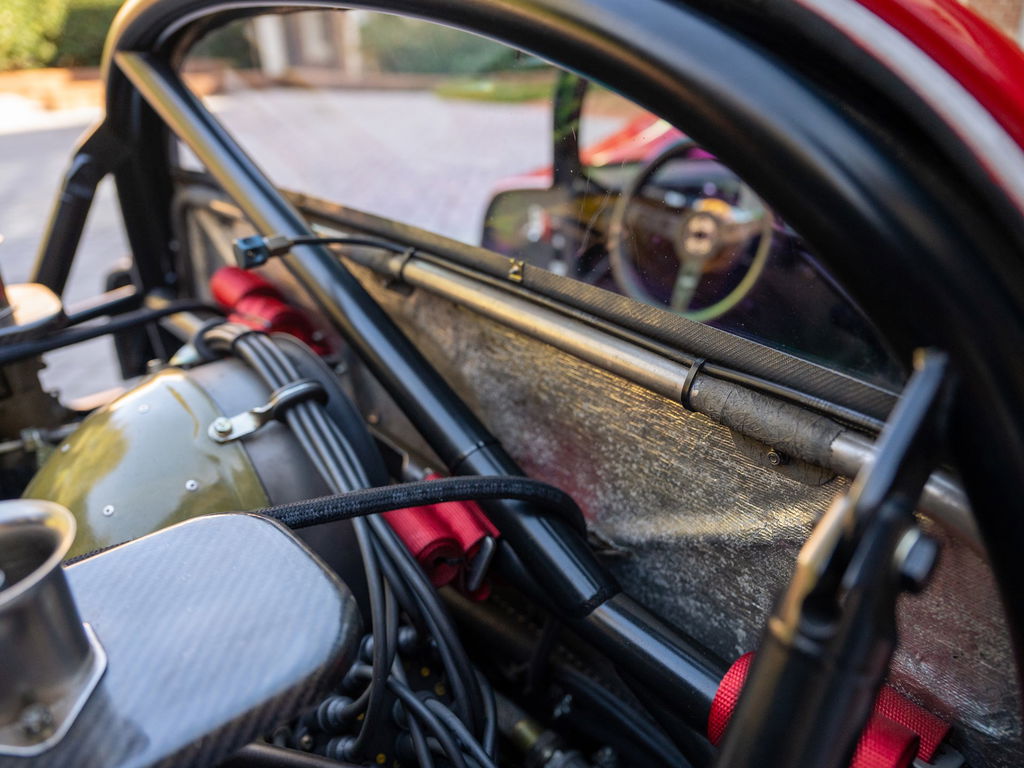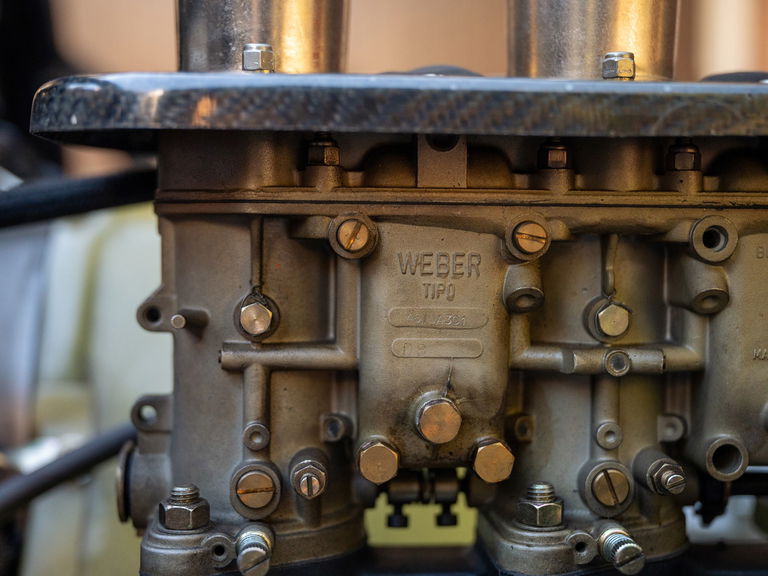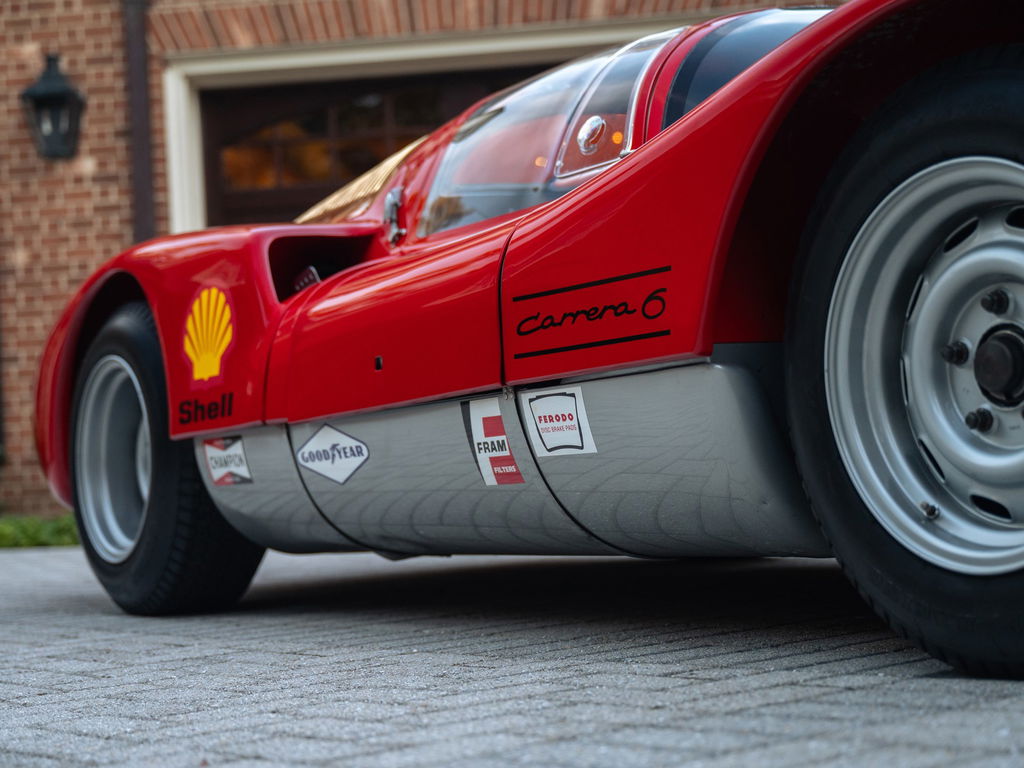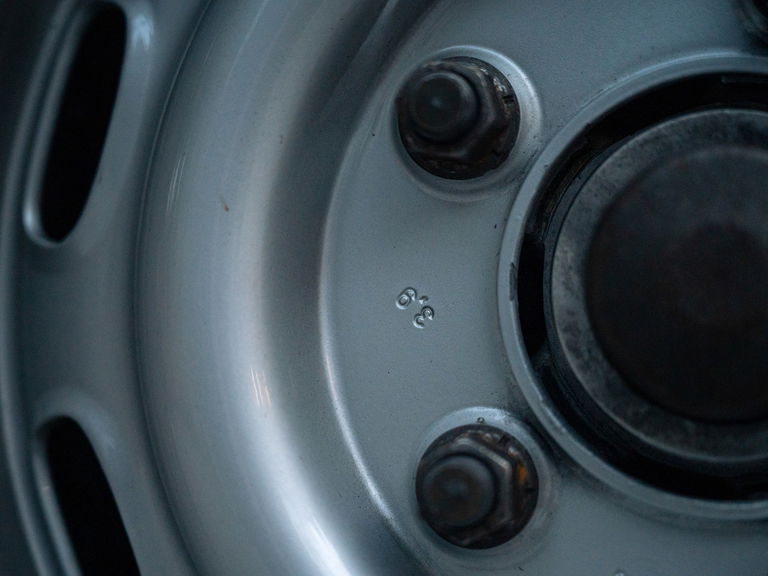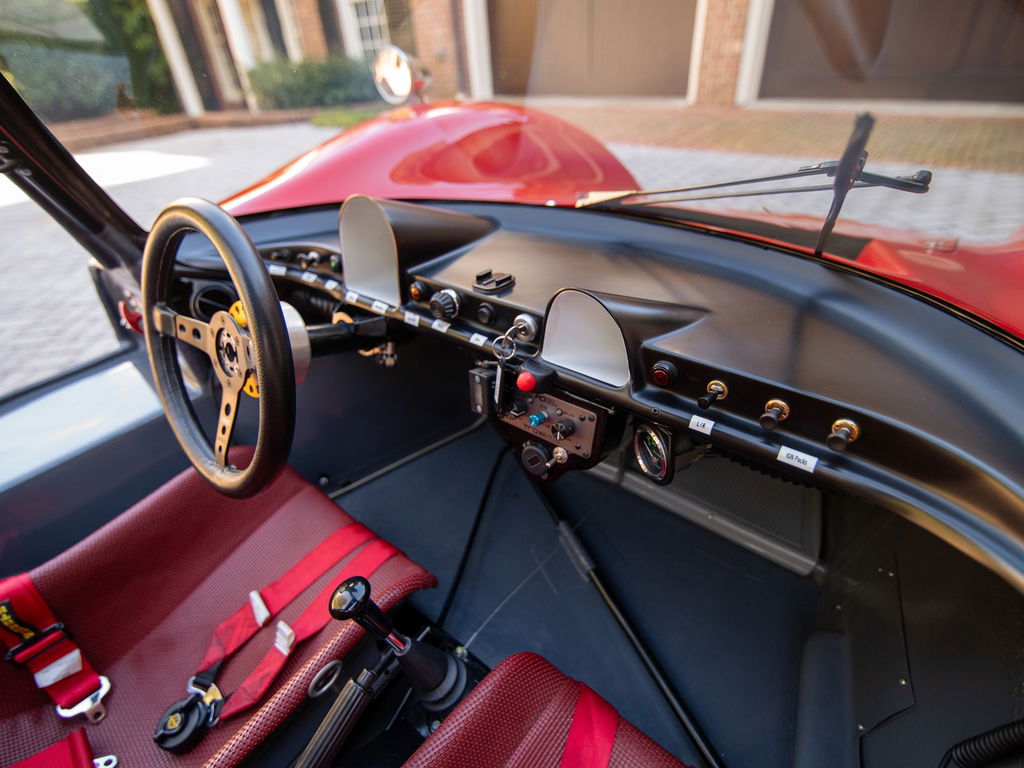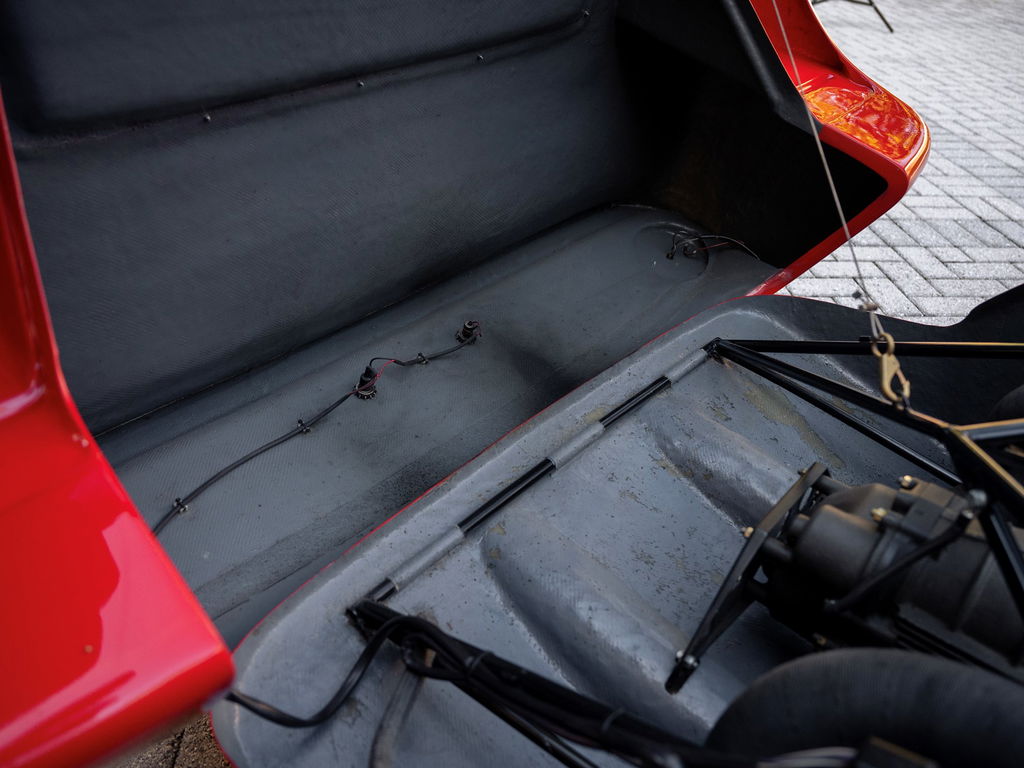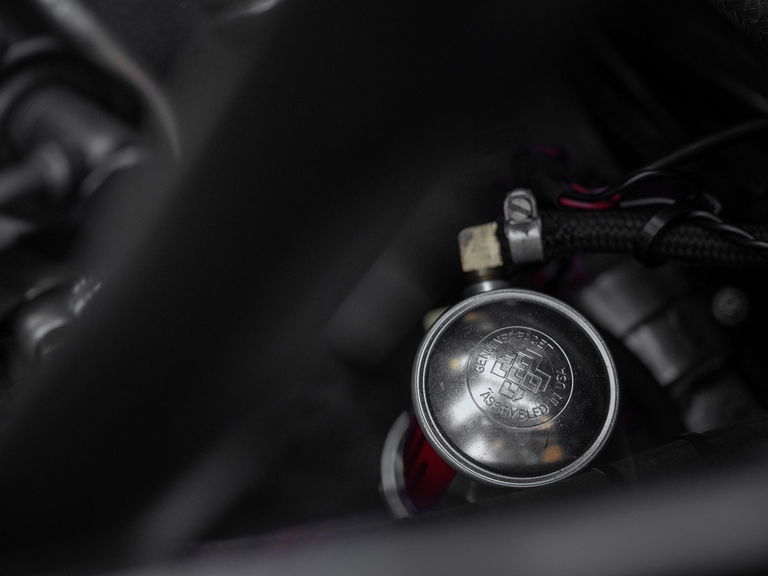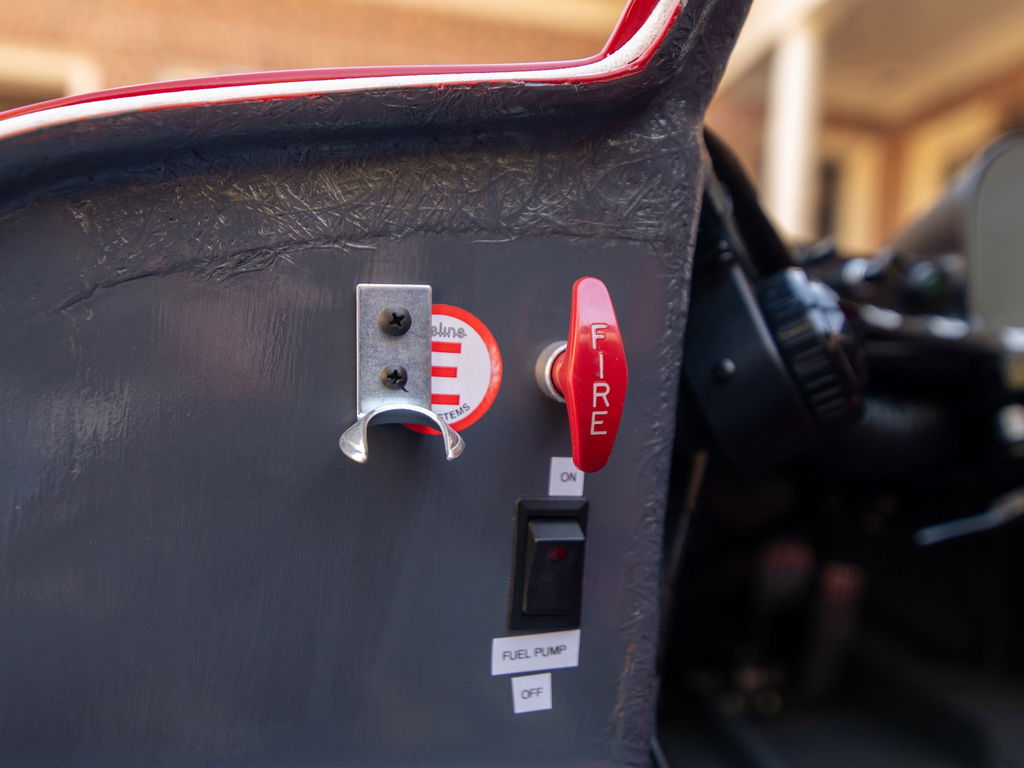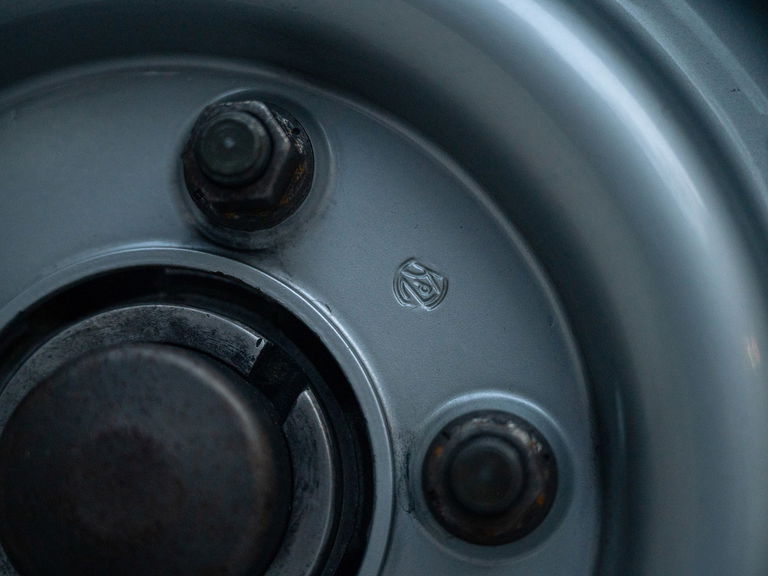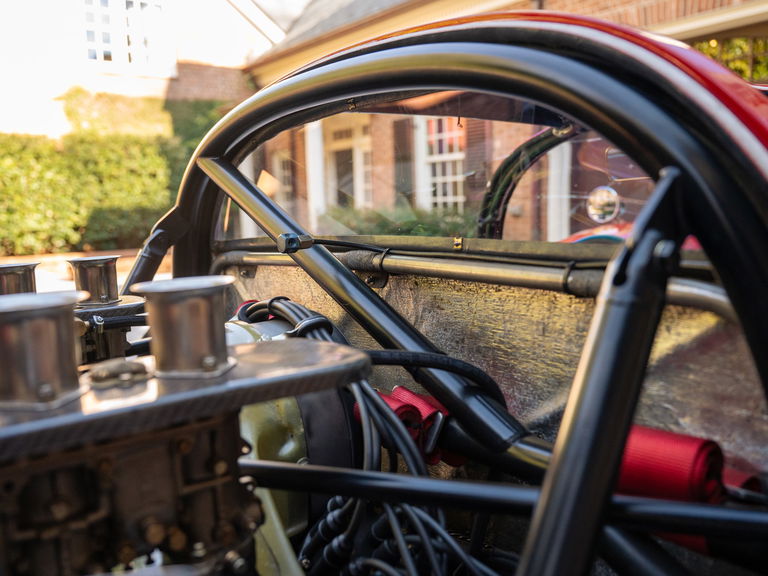CHASSIS NUMBER 906-127
According to a Kardex on file, as well as research submitted by the consignor, chassis number 906-127 was factory-finished in classic Signal Red paint and shod with Dunlop racing tires before being delivered in March 1966. The sleek racecar was sold new to Josef “Sepp” Greger, a Munich-based Volkswagen-Porsche dealer who successfully competed with both marques, including participation in the most famous European hillclimbs and endurance events of the era, sometimes even serving as a factory Works driver. Mr. Greger raced this car extensively from 1966 to late 1968, winning the 2-Liter European Hillclimb Championship in 1966 while recording 10 wins and a 2nd-place finish during 14 races that season. The car was also integral to his 1968 European Mountain Championship (the first of three Greger would win), accounting for seven additional class wins. This rigorous racing use obviously took a toll on the car’s original engine, as it was replaced during Greger’s ownership with a correct 906 motor, engine number 906-162.
Following the conclusion of the 1968 season, 906-127 was sold to Kurt Hild, also of Munich, who raced it for the duration of the 1969 and 1970 seasons. It then passed to Manfred Pade of Dusseldorf who raced it throughout 1971 and 1972. In the winter between the two seasons, the body was converted to a spyder configuration in the approximate style of the 917 PA experimental racecar, and it competed that way in 1972 with improved results, including class wins at Wunstorf and Merziger. The car is accompanied by correspondence between Greger and Porsche, the original German registration (Kraftfahrzeugbrief), and the original ONS-Wagenpass from its competition years, an important piece of documentation that essentially served as a registration with the German racing authorities.
In 1973, 906-127 was acquired from Pade by Herbert Adamczyk, who took it to Macau; it is still accompanied by the export document in his name. Still wearing its spyder bodywork, it was raced in the 1973 Macau Grand Prix weekend by Acamcyzk and Jim Sweeney, but it was a DNF in both races. During this period it was also occasionally used as a road car around the island, which must have been something to experience—both from behind the wheel and as a spectator. During its full competition history the car was reportedly entered in some 80 events and achieved more class wins than almost any other 906, and had among the best competition history of any privately owned 906.
Adamczyk sold the Porsche in 1978 to Bob Garretson, who would eventually bring the car to Southern California and sell it to Michael Hager of Tustin. It was disassembled for restoration, but the work never began in earnest. In 1986 the project was acquired by the noted longtime Porsche enthusiast Gerry Sutterfield, who quickly sold it to Jeff Hayes; nonetheless the car remained unrestored for nearly two decades.
In 2002, the 906 was acquired by an owner in West Palm Beach, Florida, and in the following year it was purchased by Jean Goutal of New York City. It was in Mr. Goutal’s ownership that 906-127 finally received its long-awaited restoration, in the hands of the highly respected Porsche racecar specialist Kevin Jeanette, and his restoration/racing company Gunnar Racing. Over a three-year period the car was largely returned to its original delivery configuration, including both mechanical and cosmetic considerations. Extensive attention to detail included the utilization of what was reportedly an original factory tail section for the bodywork, while the remaining body panels were recreated out of properly molded fiberglass.
As part of this work the Carrera 6 was fitted with a correct 906 magnesium-case motor, number 906-133, and a correct magnesium gearbox, number 906-157. While efforts were taken to replicate numerous period-correct details, such as a decaying period Nürburgring scrutineering sticker that was discovered during disassembly, measures were also taken to ensure the car can be reliably enjoyed in events, such as the installation of newly fabricated fuel cells.
Perhaps most significantly, the original owner Sepp Greger visited the project to advise on the work, thereby helping to address numerous original details, such as the reinstallation of the pedals that he had drilled out for additional lightness in 1966—something that he commented may have been for naught, as they had forgotten to sweep out the metal shavings and thus no weight was actually saved.
Following completion of the masterful restoration, the 906 was exhibited by Mr. Goutal at the Rennsport Reunion at Daytona in 2007, winning First in Class, and at the Amelia Island Concours d’Elegance 2009, where the car received the Porsche Award and an Amelia Award. In 2010, 906-127 was acquired by the well-known second-generation vintage racing driver James Lindsay of England, and he prepared it for track use and drove it in the 2011 Spa 6 Hours. The Carrera 6 was then sold in 2012 to a gentleman in Albany, New York, from whom it was acquired by the current caretaker.
The Porsche is currently fitted with a high-performance motor built in 2012 by the 901 Shop of Stuart, Florida. Specified with a 2.3-liter displacement and aspiration via Weber carburetors, this engine has been tuned for vintage racing applications and reportedly develops 228 horsepower and 176 pound-feet of torque. The modern engine ensures the next caretaker can continue to enjoy the car in hot laps without worrying about the authentic 906 Carrera engine. Indeed, the present owner has run the car at Road Atlanta and Laguna Seca, as well as enjoyed it on two extended rallies with other 906s through the Rocky Mountains, and describes it as “running reliably and well.” Further, the car has been outfitted by its longtime caretakers at Road Scholars of Durham, North Carolina, with an intercom in the cockpit, including Bluetooth capability for music, as well as a cabin-cooling system, ensuring a level of comfort while on the road. Rest assured, the rebuilt, correct 901/20 Carrera 6 engine number 906-133, which was equipped during restoration and is only one number away from this car’s original engine, is fitted to a stand and separately included with the car.
Chassis number 906-127 is accompanied by an impressive history file that includes numerous historic photographs, a copy of the factory Kardex, the original ONS-Wagenpass from its ownership by Manfred Pade, and many restoration photographs and descriptions of Kevin Jeanette’s process in conducting the intricately detailed restoration. Also included with the car is the very rare original Momo Monza steering wheel purchased by Manfred Pade and installed during his ownership; Mr. Pade bestowed this upon Mr. Goutal during the latter’s ownership.
Remarkably documented, and authenticated by its original owner during an especially meticulous and correct restoration, this 906 must surely be one of the finest examples of the Carrera 6 in existence—well-known, superbly finished, and exactingly maintained by respected connoisseurs within the marque niche.









